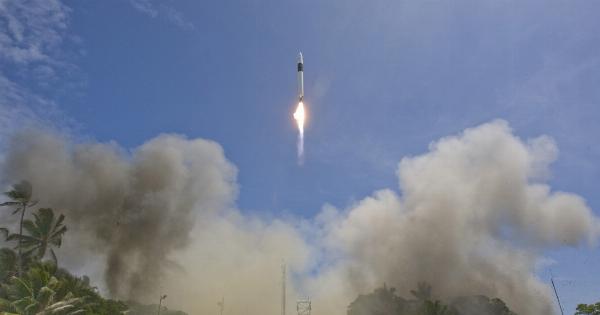When building a home, there are many factors to consider, including the location of the house. One important factor to consider is proximity to a gas station.
While having a gas station nearby may be convenient, there are also potential risks associated with living too close to one. In this article, we will explore these risks and discuss how close is too close to a gas station when building a home.
What are the Risks?
Gas stations are inherently dangerous places due to the flammable nature of gasoline and other fuels. There are a number of risks associated with living too close to a gas station, including:.
- Fire
- Explosions
- Toxic fumes
- Groundwater contamination
The risk of fire and explosions are the most obvious concerns when living near a gas station. Gasoline and other fuels are highly flammable and can ignite easily, whether through a spark or open flame.
If a fire were to start at a gas station, it could quickly spread to neighboring homes, causing widespread damage and potentially injuring or killing people.
Toxic fumes are another concern when living near a gas station. The fumes can be harmful to inhale and may cause respiratory problems, headaches, or other health issues.
Groundwater contamination is also possible if there is a leak in the underground storage tanks at the gas station. The gasoline and other fuels can seep into the soil and contaminate the groundwater, which could potentially affect the drinking water of nearby homes.
How Close is Too Close?
There is no set distance that is considered “safe” when it comes to living near a gas station.
However, there are regulations in place that restrict how close gas stations can be built to certain types of buildings, including homes, schools, and hospitals. These regulations vary by state and may also depend on the type of fuel being stored or sold at the gas station.
For example, in California, there are regulations that prohibit the construction of new schools and homes within 500 feet of a gas station that sells certain types of fuels, such as propane, diesel, or biodiesel.
In other states, the regulations may be less strict or non-existent.
When considering how close is too close to a gas station, it is important to take into account the size of the gas station, the type of fuel being stored or sold, and the prevailing winds in the area.
Prevailing winds can carry toxic fumes or smoke from a fire towards nearby homes, even if they are not directly downwind from the gas station.
What Should You Do?
If you are considering building a home near a gas station, it is important to do your research and understand the risks involved.
You should check with your local zoning board or building department to determine if there are any regulations in place regarding the proximity of homes to gas stations.
You should also consider the size and type of the gas station, as well as the prevailing winds in the area. If you are concerned about the risks, it may be best to look for a different location to build your home.
It’s important to note that while living near a gas station does come with some risks, the likelihood of a catastrophic event occurring is relatively low.
Gas stations are heavily regulated and must adhere to strict safety standards to prevent accidents from occurring. However, accidents can still happen, and it’s important to be aware of the potential risks before deciding to build a home near a gas station.
Conclusion
While there is no set distance that is considered “safe” when it comes to living near a gas station, there are regulations in place that restrict how close gas stations can be built to certain types of buildings, including homes.
When considering how close is too close to a gas station, it’s important to take into account the size and type of the gas station, the type of fuel being stored or sold, and the prevailing winds in the area. If you are concerned about the risks, it may be best to look for a different location to build your home.































